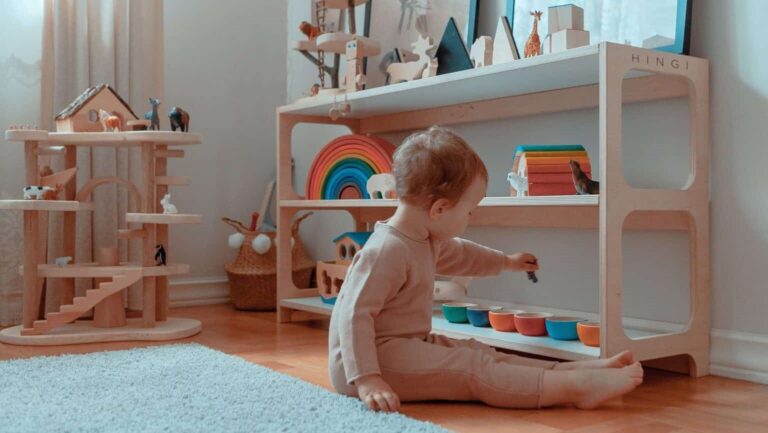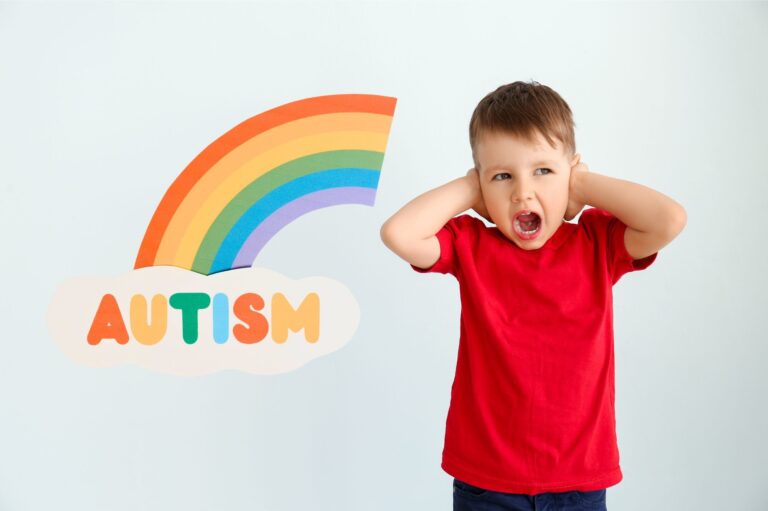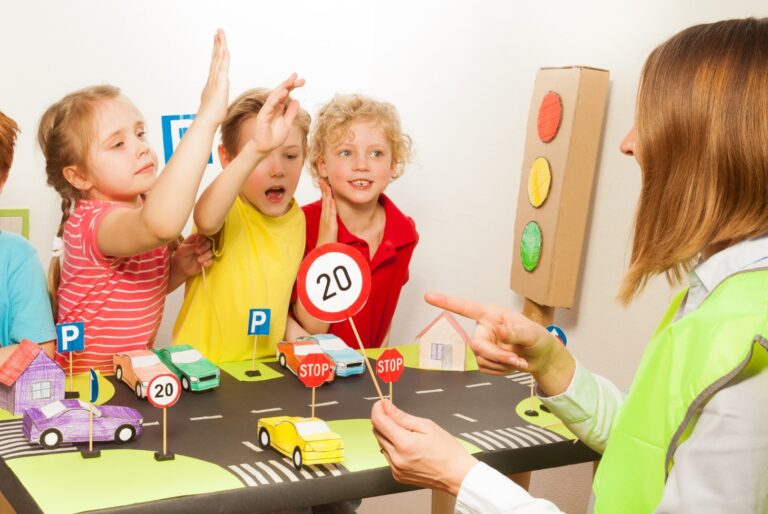How to Calm an Upset Child
In the dynamic world of childcare and early education, one challenge we often encounter is helping upset children regain their emotional balance. As caregivers and educators, our role extends far beyond teaching. We are also responsible for nurturing the emotional well-being of the children in our care. Let’s delve into practical strategies shared by Cindy, aimed at equipping you with valuable tools to comfort and support upset children effectively.
1. The Power of the Pinwheel
As an educator, you’ll appreciate the simplicity and effectiveness of using a pinwheel to calm upset children. The act of blowing and watching the pinwheel spin not only encourages deep breathing but also serves as a captivating distraction. Enhance this technique by introducing calming scents (natural, not synthetic) like lavender or spearmint, creating a sensory experience that can swiftly diffuse emotional turmoil in your classroom.
2. Teach and Implement Candy Breathing
Cindy’s “Candy Breathing” game is not just for fun; it’s a valuable skill that you can introduce and reinforce in your classroom. During moments of calm, engage children in this enjoyable exercise. When emotions run high, encourage them to participate in Candy Breathing to regain composure. It offers a structured way to control their breathing while redirecting their focus away from distress.
3. Utilize Stuffed Toy Breathing
Incorporating tactile experiences into your teaching methods can be incredibly effective. Try the stuffed toy breathing exercise with your little ones. It encourages deep breathing while providing a visual distraction. This activity can be a valuable addition to your toolkit for helping children manage their emotions.
4. The Dinosaur Stomp
In early childhood, it’s crucial to teach children healthy ways to express anger. Cindy’s “Dinosaur Stomp” is a fantastic technique to introduce in your classroom. It allows children to physically release pent-up emotions through stomping, all while having a blast. This technique not only helps children manage their anger but also promotes physical activity and fun.
5. Feed the Grouch
We all have those days when we feel a bit grumpy, and children are no exception. Cindy’s “Feed the Grouch” strategy can work wonders in helping children transition from a grumpy mood to a happier one. By engaging in this repetitive and purposeful activity, children can focus on something positive, thereby dissipating their grumpiness.
6. The Toolbox of Strategies
As an early childhood educator, you can create a calm-down toolbox for your classroom. A sturdy box containing the pinwheel, stuffed toy, “dinosaur feet,” “Feed the Grouch” container, along with markers and paper for coloring, can be a lifesaver in times of emotional distress. Including pictures of each option in the box can make it easier for children to choose a calming activity independently.
By incorporating these techniques into your classroom, you’re not only promoting emotional regulation but also creating a safe and nurturing environment where children can learn to express and manage their feelings. As you explore these strategies, we encourage you to share your experiences and successes, fostering a community of educators dedicated to the holistic development of the children we serve. Together, we can empower the next generation with the skills they need to navigate the complexities of their emotions and thrive in their early years.

Elevate your teaching skills and stay ahead of the curve! Receive our monthly Insights, packed with professional development opportunities, classroom inspiration, and the latest trends in education. Don’t miss out on the chance to take your teaching to the next level. Subscribe now!







